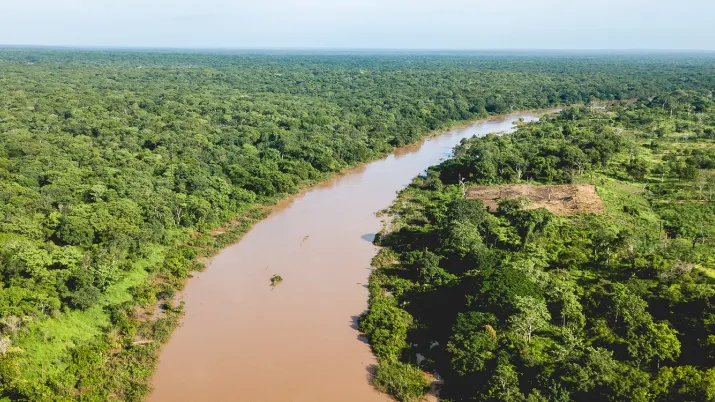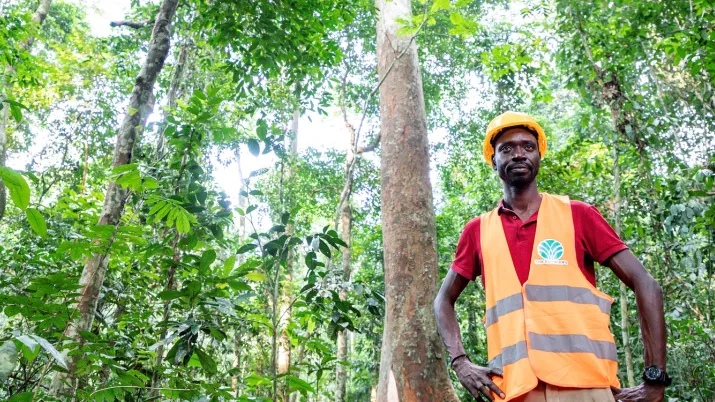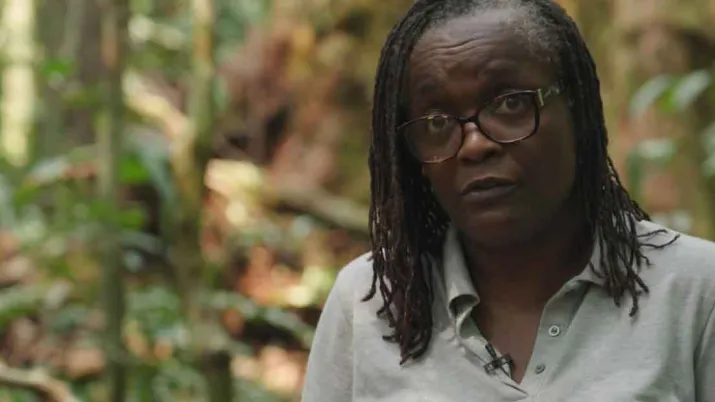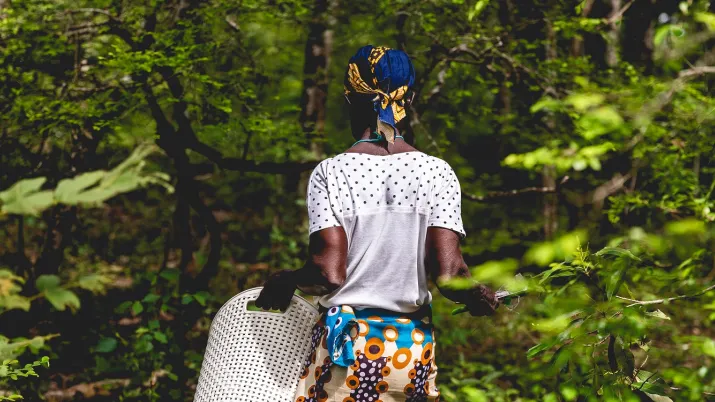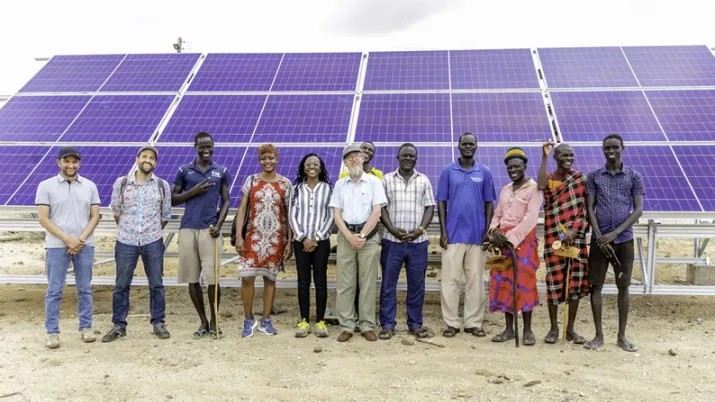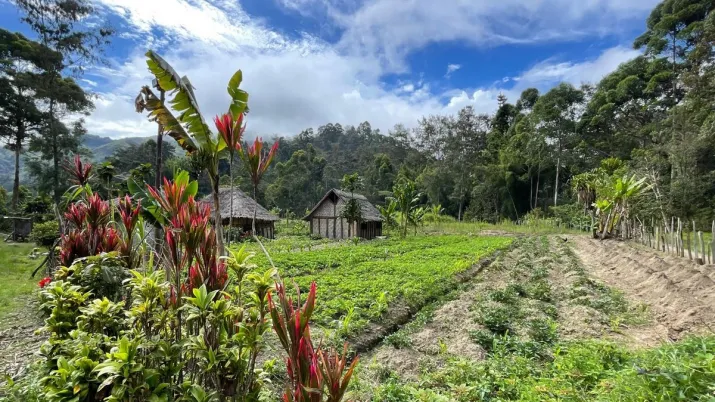Share the page
[Feature Report] Forests: As Vital as they are Vulnerable
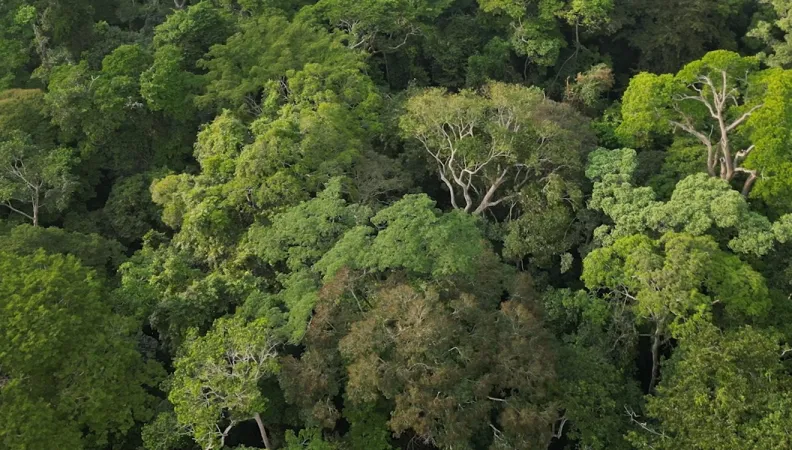
Whether as vast sources of biodiversity, carbon sinks, or as food sources, forests are vital for life on Earth. But they’re under constant threat by human activities and climate change. In this feature report, we’ll see what’s happening under the forest canopy, to better understand the issues linked to forest conservation – as well as the solutions at hand.
Seeing the forests for the trees: a vital and vulnerable life force
“A large tract of land covered by trees.” This dictionary definition of the word “forest” seems outdated today, as science continues to reveal its rich and multifaceted nature. Forests are in fact a complex ecosystem composed of mammals, birds, insects, plants, fungi, subterranean microorganisms, organic matter, water and gases.
In other words, it cannot simply be reduced to a group of trunks standing proudly up to the sky. “The forest is a group of trees that has grown spontaneously,” as Francis Hallé, a botanist and biologist specializing in tropical forests, puts it nicely.
Of course, forests aren’t just that. Today, forests are our top ally against climate change, as they absorb nearly 2 billion tons of CO2 each year, or 5% of our greenhouse gas emissions. And likewise our top ally against decline of living species, forests being home to nearly 80% of terrestrial biodiversity. Forests have other virtues, as well: they play a major role in purifying fresh water; producing oxygen; and providing wood, food, and other services to nearly 1.6 billion people.
The problem is that, in this current time of ecological emergency, this reservoir of life and carbon faces multiple threats. These include agricultural expansion (land for crops and livestock), large-scale construction projects, unsustainable logging, global warming, and other threats.
Between 1990 and 2015, the world’s forests shrank by 130 million hectares—twice the size of France—according to the United Nations Food and Agriculture Organization (FAO). Deforestation has even speeded up since 2010, especially in South America and Africa. “If we continue at the current rate, there will be no more tropical forest by the end of this century,” warns Gilles Boeuf, biologist and professor at Sorbonne University. Like the lost people of Easter Island, we are slowly sawing off branches, with the risk of exacerbating biodiversity loss, intensifying climate change, and releasing new and potentially devastating diseases.
Bringing a halt to logging in every corner of the globe seems impossible today. So why not do our best to make it more responsible and more sustainable for ecosystems? That is one of the United Nations Sustainable Development Goals (SDGs): “Protect, restore and promote sustainable use of terrestrial ecosystems, sustainably manage forests, combat desertification, and halt and reverse land degradation and halt biodiversity loss.”
This is also the goal that AFD has been pursuing for 30 years now, via our continued support for dozens of projects aimed at establishing responsible forest management in the Congo Basin, with as much involvement by local and indigenous people as possible.
Faced with such challenges, there are no simple solutions. But what we do know is that if we don’t take care of nature’s standing giants, we will no longer see the forest for the trees – because they will be gone.
Forests Series
6 Good Reasons to Preserve Forests
They contribute to biodiversity and mitigate the effects of climate change and pollution – just a few of the many boons bestowed by forests worldwide. Here we review the six main reasons why we should...
Published on July 8, 2021
Preserving Africa’s Forests: Vigilance, Scientific Analysis and Regeneration
Published on February 28, 2023
Further reading
Strengthening biodiversity cooperation between India and Southern Africa
Published on November 26, 2025

